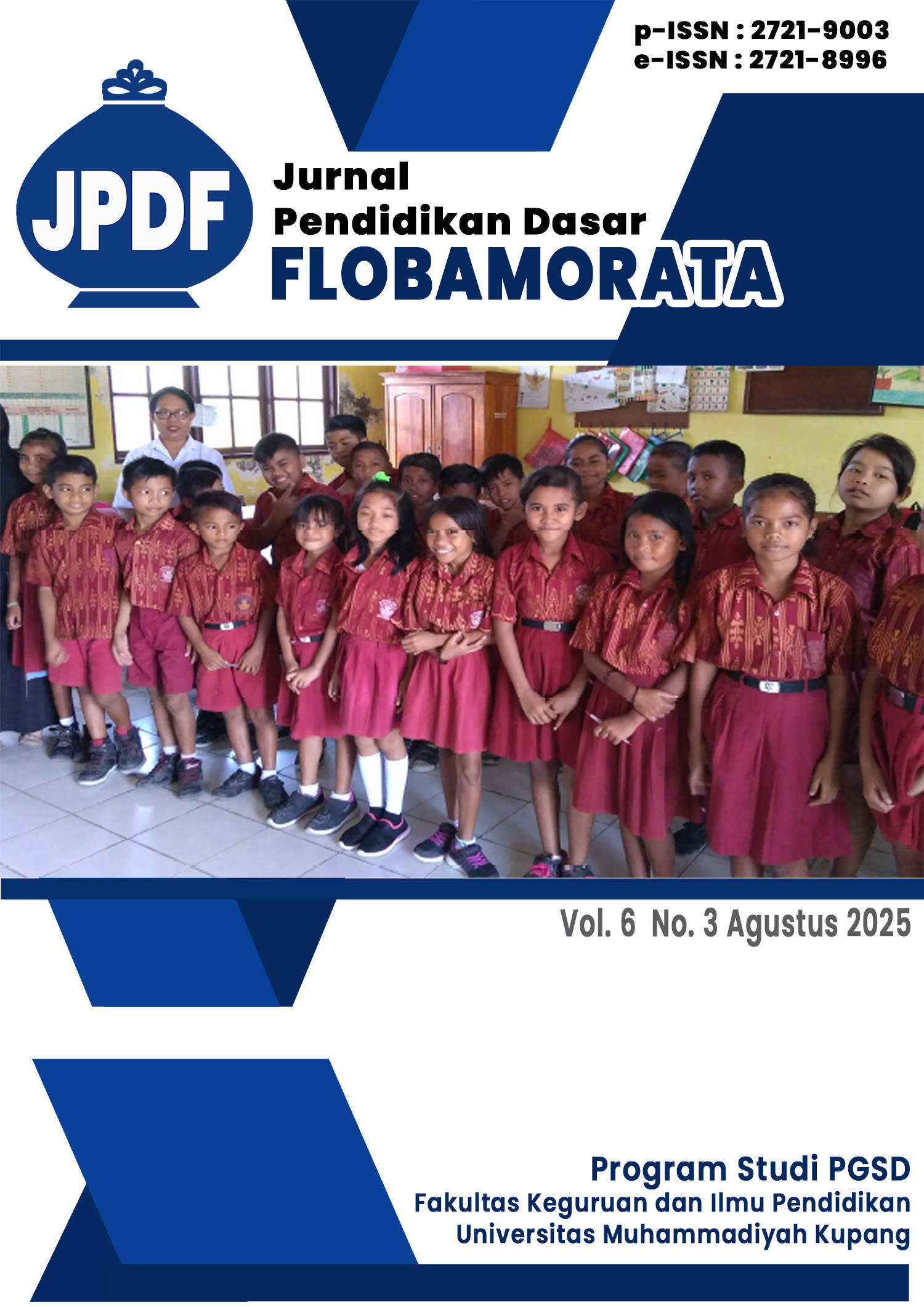Main Article Content
Abstract
This study aimed to explore geometric forms found in Amanuban traditional woven motifs and to analyze their potential for integration into mathematics instruction at the elementary school level. The study employed a qualitative approach with a descriptive-exploratory design. Data were collected through motif observation, semi-structured interviews with weavers and elementary school teachers, and documentation of instructional materials. The findings showed that Amanuban woven motifs, particularly lotis, buna, and futus, contained geometric elements such as rhombuses, lines of symmetry, and rotational symmetry, which aligned with the mathematics content in the Merdeka Curriculum for elementary schools. Integrating these elements into mathematics instruction has the potential to enhance students conceptual understanding in a concrete way, develop spatial reasoning skills, and foster appreciation for local culture. These results highlight the relevance of ethnomathematics as a meaningful contextual learning strategy that supports the achievement of the Profil Pelajar Pancasila by connecting mathematical understanding with cultural values.
